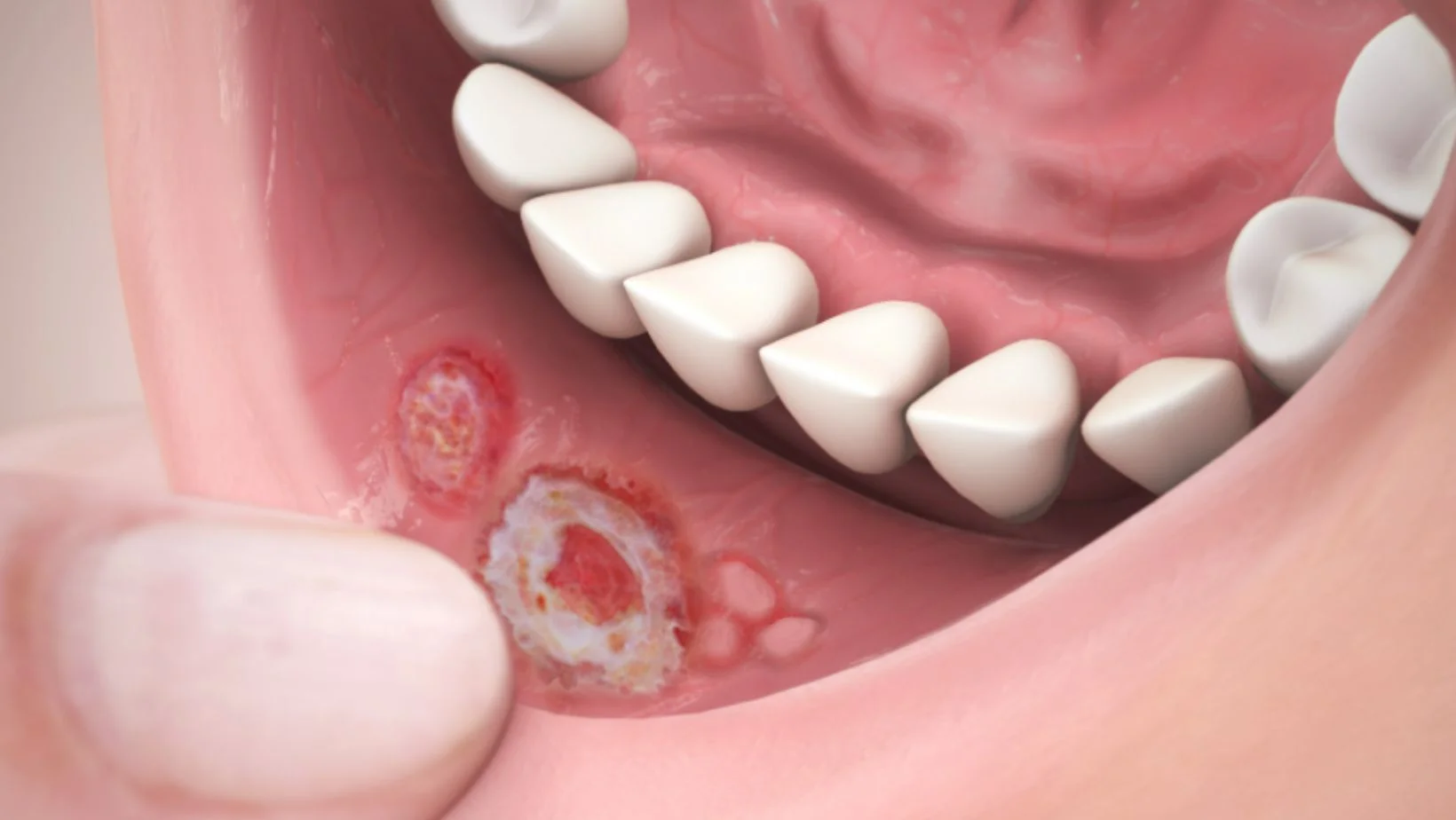
The acquisition of new dentures, whether they are conventional full sets or partial appliances, is a major functional and aesthetic milestone that promises restored confidence and improved quality of life. Yet, the journey from receiving the finished prosthesis to achieving comfortable, reliable function is rarely seamless. The most common and immediate challenge faced by almost every new denture wearer is the development of sore spots—localized areas of painful irritation, redness, and sometimes ulceration on the delicate mucosal tissues of the gums and palate. This discomfort is not a sign of failure but an inevitable consequence of introducing a hard, rigid, foreign object to the soft, pliable, and highly sensitive tissues of the mouth. Even the most meticulously fabricated denture requires a period of adaptation and adjustment, during which the underlying tissues must accommodate the new patterns of pressure, friction, and bite force. Ignoring these sore spots, often with the mistaken belief that the tissues will “toughen up,” is the quickest route to severe pain and treatment failure.
The most common and immediate challenge faced by almost every new denture wearer is the development of sore spots
Sore spots typically form due to subtle, yet compounding, factors related to the denture’s fit and the patient’s habits. A primary cause is a minute overextension of the denture border, where the acrylic edge is slightly too long or sharp, digging into the soft tissue, especially during speaking or eating. Another major factor is uneven occlusal load—the way the upper and lower dentures meet. If one area receives disproportionately high pressure during biting or chewing, the underlying tissue in that specific area will break down rapidly. Furthermore, a patient’s initial overly aggressive chewing habits, driven by a desire to test the new appliance, can exacerbate these pressure points. A fundamental tip for the new wearer is to acknowledge that the process demands patience and a phased reintroduction to normal function, especially eating.
Identifying the Culprits: Border Overextension and Uneven Occlusal Load as Key Pain Factors
The single most crucial step in managing the pain associated with a new sore spot is the prompt scheduling of an adjustment appointment with the dental professional—the prosthodontist or general dentist. Patients should understand that self-modification is strictly forbidden. Attempting to file, sand, or cut the acrylic at home based on self-diagnosis is not only likely to ruin the precise fit of the appliance but can also void any warranty and create new, jagged edges that intensify the pain. During the professional adjustment, the clinician often uses a technique called pressure indicator paste or similar material, which is applied to the denture surface. When the patient wears and applies pressure to the denture, the paste is displaced from the high-pressure points, clearly marking the exact site that requires minute trimming or polishing.
Patients should understand that self-modification is strictly forbidden.
A specific, often underappreciated, instruction given to new denture wearers is the strategic removal of the appliance for a specific period before the adjustment visit. When the patient arrives at the clinic with the denture in place, the resulting sore spot (a localized red mark) clearly shows the dentist precisely where the pain originated. However, if the patient has removed the denture for several hours prior, the soft tissue often begins to heal and the redness dissipates, making the painful source area invisible to the clinician. Dentists typically advise wearing the denture for a minimum of four to six hours continuously before the scheduled adjustment so that the exact area of trauma remains visible for accurate relief.
The Pre-Adjustment Rule: Strategic Removal of the Appliance to Ensure Painful Sites Remain Visible
While waiting for the professional adjustment, the patient must employ several comfort-enhancing interim measures. One key strategy involves using saltwater rinses—a mild solution of warm water and salt—to promote localized healing, cleanse the area, and provide soothing relief to minor ulcers. Another common measure is the temporary use of topical pain relief gels specifically designed for mouth sores (containing ingredients like benzocaine, though caution must be used to avoid overuse). Crucially, the denture should be removed for extended periods—particularly overnight—to give the irritated tissues time to rest and recover, ensuring the gums are exposed to air and saliva for natural healing. This intermittent rest is essential for reducing inflammation.
The denture should be removed for extended periods—particularly overnight—to give the irritated tissues time to rest and recover
For patients struggling with multiple, shifting sore spots, the initial use of a denture adhesive can provide unexpected relief, provided it is used correctly and temporarily. Adhesives, when applied correctly, can distribute forces more evenly across the denture-bearing surface, temporarily preventing the concentrated pressure that causes pain. However, this is strictly a temporary aid and should never be used as a substitute for professional adjustment. Relying on adhesives long-term masks the underlying fit problem, often delaying the necessary trimming and potentially leading to more severe tissue damage over time. The professional goal is a denture that fits securely without reliance on chemical aids.
Temporary Aid: How Denture Adhesives Can Provide Temporary Relief by Redistributing Forces
The transition to eating with new dentures requires a conscious, methodical approach designed to minimize trauma to the healing tissues. Denture wearers must initially commit to a diet of soft, easily manipulated foods that require minimal chewing force, such as mashed potatoes, scrambled eggs, yogurt, and soft-cooked vegetables. When chewing is introduced, it must be performed bilaterally—chewing food simultaneously on both sides of the mouth. This bilateral chewing technique is vital for distributing the force evenly across the gums and preventing the appliance from rocking or tilting, which causes concentrated pressure and, consequently, new sore spots on the opposite side. Gradual reintroduction of harder foods should only occur once the sore spots have fully resolved and the patient feels comfortable.
Denture wearers must initially commit to a diet of soft, easily manipulated foods that require minimal chewing force
Beyond the denture’s fit, the overall oral hygiene regimen of the patient significantly impacts the management and healing of sore spots. Poor hygiene allows food particles, plaque, and fungus (particularly Candida albicans) to accumulate on the denture surface. This creates an irritant and infectious environment that prevents the sore tissues from healing and can lead to conditions like denture stomatitis—a generalized inflammation of the mucosa. The patient must commit to meticulously brushing the denture and their underlying gums at least twice daily and ensuring the appliance is soaked in an approved cleaning solution every night to maintain a clean, non-pathogenic contact surface.
Oral Hygiene as a Healer: Meticulous Cleaning to Prevent Irritant and Infectious Environments
It is critical to understand the distinction between a sore spot and a generalized burning sensation or chronic discomfort, as the latter can signal a more complex underlying issue. A generalized burning sensation, often accompanied by chronic redness, may not be due to a simple pressure point but could indicate a material allergy (rarely, a reaction to the acrylic), a systemic nutritional deficiency (like a B vitamin lack), or, most commonly, a severe case of chronic fungal infection (denture stomatitis). These conditions require specific medical intervention, often involving prescription antifungal medication or systemic vitamin therapy, rather than simply filing down a pressure point on the denture. The dental professional must determine if the problem is mechanical or physiological.
A generalized burning sensation, often accompanied by chronic redness, may not be due to a simple pressure point but could indicate a material allergy
The final phase of successful denture adaptation involves accepting that the mouth is a constantly changing environment, and therefore, periodic relines or rebasings will be necessary over the years. As the underlying bone structure of the jaw naturally remodels and shrinks (a process known as resorption) over time following tooth loss, the denture that fit perfectly a year ago will gradually become loose and ill-fitting, inevitably leading to renewed sore spots. Accepting that the denture is not a permanent, static solution but a prosthetic device requiring maintenance and renewal is vital for long-term comfort and function, ensuring that minor fit issues are addressed before they escalate into chronic pain.
The Long-Term Reality: Accepting That Periodic Relines or Rebasings Will Be Necessary Over the Years
Ultimately, successfully dealing with the sore spots from new dentures is a collaborative exercise in patience, communication, and adherence to professional guidance. The patient must be honest about the location and severity of the pain, and the professional must commit to the detailed, repetitive adjustments required to achieve an ideal fit. The initial pain is a transient phase, but the result—a well-fitting, comfortable appliance that restores function and appearance—is a life-long benefit that justifies the necessary weeks of careful adjustment and meticulous management of localized discomfort.
Collaborative Management: Patience, Adherence, and Professional Adjustment for Long-Term Comfort
Successfully adapting to new dentures requires immediate professional adjustments for sore spots, temporary removal for tissue rest, meticulous oral hygiene, and a methodical reintroduction to chewing using bilateral force.
